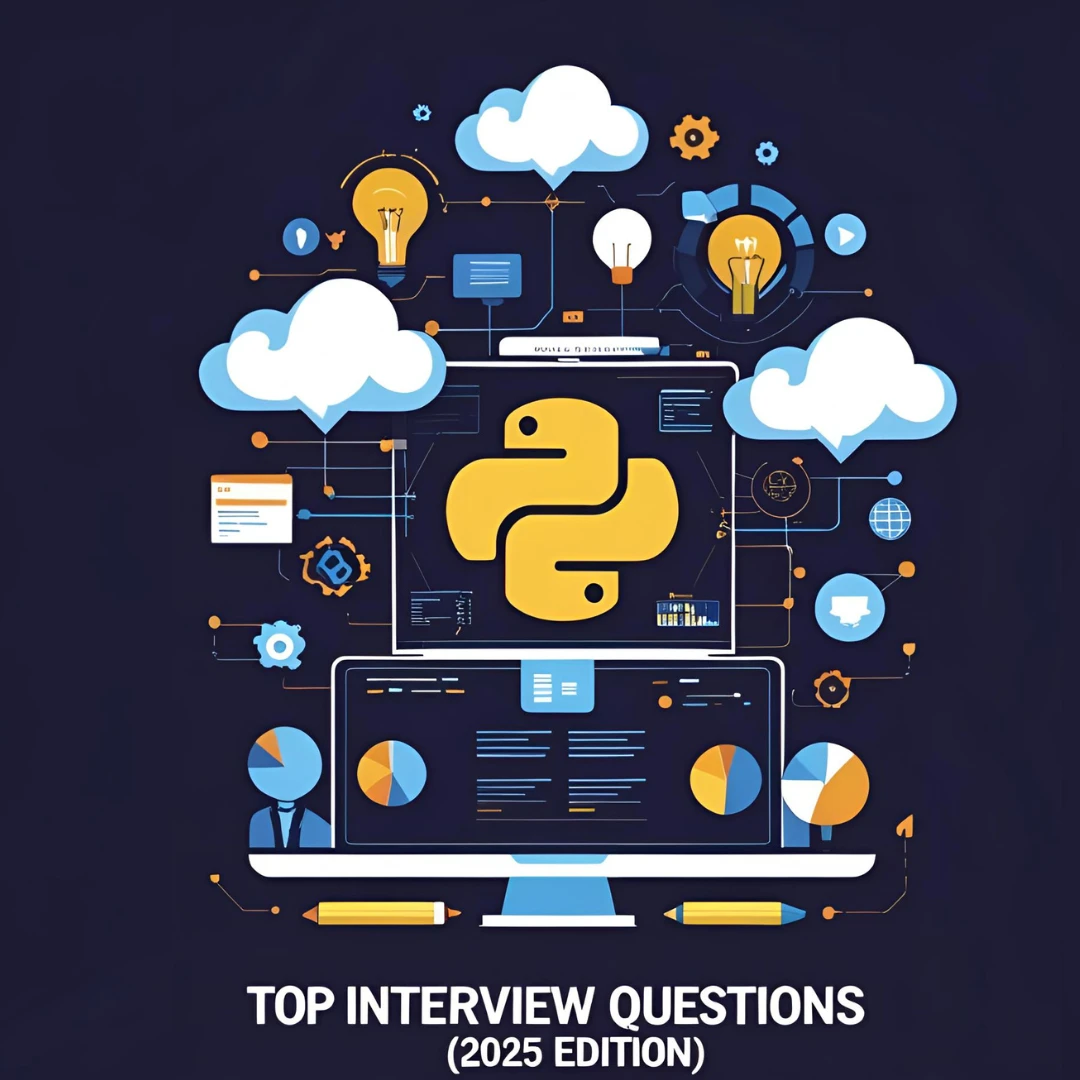21. What is the difference between null and undefined in JavaScript?
22. Explain the box model in CSS.
23. What is React? How is it different from traditional JS frameworks?
24. What are React hooks? Describe useState and useEffect.
25. How does the Virtual DOM improve performance?
26. Explain component lifecycle in React.
27. What is the purpose of keys in React lists?
28. How does conditional rendering work in React?
29. How do you handle forms and inputs in React?
30. Explain controlled vs uncontrolled components.
Deep dive: From Backend to Frontend: Python Full Stack Explained

